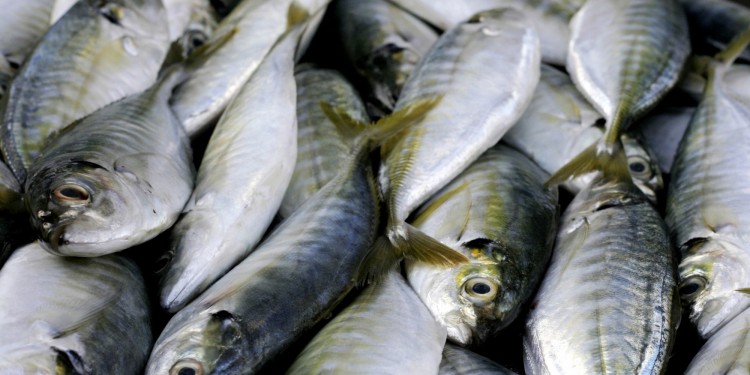‘Baltic Plan’: Agreement reached on the first long-term fishing plan under the new CFP
A political agreement on a multiannual plan for the management of the Baltic Sea cod, sprat and herring stocks was reached on Tuesday evening. This is the first such plan under the new Common Fisheries Policy (CFP) and it will ensure the sustainability of fisheries and offer fishermen better economic conditions in the long run.
“After 10 months of difficult negotiations with the Council and the European Commission, the Baltic has a plan which we can be proud of and most importantly a plan which upholds and respects the objectives of the Baltic Regulation. I would like to thank the Dutch Presidency but also Luxembourgish Presidency which laid down the basis of this agreement we reached today”, said the rapporteur Jarosław Wałęsa (EPP, PL). “The plan will ensure that the fishing activities in the Baltic are conducted in a sustainable, reasonable and economically viable way which will not put unnecessary strain on the environment” he added.
The multispecies management approach is much more effective than a management of single species. It takes into account the inter-species interactions, such as the cod’s influence on herring and sprat stocks and the other way around. The compromise will ensure there is a balanced and sustainable exploitation of these stocks and will guarantee the stability of the fishing opportunities and of the livelihoods of fishermen.
It will guarantee also that the management would be based on the most up-to-date scientific advice regarding the status of the stocks covered, the interactions between species and all other aspects related to the ecosystem and the fisheries.
Fishing ranges and safeguard measures
The key point of the new multi-species management plan are the ranges which will define how the Council can set the Total Allowable Catches (TACs) and quotas. The ranges are set so as to ensure the sustainability of fisheries and the plan allows enough flexibility to address all issues for the sector from one year to another.
Parliament ensured that the plan also includes strong safeguard measures which aim at maintaining stocks at sustainable levels.
Landing obligation, technical measures and regionalisation
The plan includes several provisions for enforcing key parts the new CFP, such as the landing obligation (“discard” ban), and regional management (see background note on the new CFP). The measures in this aspect will build on the joint recommendations from the member states. Regional advisory councils would be consulted during this procedure.
Delegation acts under scrutiny
The Commission would be empowered to adopt delegated acts – based on scientific data and possible changes of circumstances – on measures in case of threat to plaice, flounder, turbot and brill in the Baltic, the implementation of the landing obligation and on specific technical measures.
Parliament pushed to add a limit to the power conferred on the Commission to adopt delegated acts. Thus the delegation of power will be conferred for an initial period of five years. This would be extended for an identical duration only if Parliament and Council do not oppose to it. Commission had originally suggested having the power conferred on it for an indeterminate period of time.
Evaluation of the plan (Art 14(1)
Parliament achieved in having an earlier evaluation of the plan. Three years after the entry into force of the Regulation and every five years thereafter, the Commission would report to the Parliament and the Council on the impact of the plan on the stocks and on the fisheries sector.
Next steps
The informal agreement will need to be endorsed now by the Parliament’s Fisheries committee and the Council. The plenary vote is foreseen for May.
Background
A multiannual management plan is the instrument for managing the fish stocks in a certain area. The fishing mortality rates are an essential part of it. They provide a basis for the setting of the Total Allowable Catches (TACs) and quotas. The norm set out in Article 2, paragraph 2 of the Basic Regulation for the Common Fisheries Policy is that the exploitation restores and maintains “harvested species above levels which can produce the maximum sustainable yield”.
A Baltic cod stock management plan has been in place since 2008, but herring and sprat had yet to be covered. The present plan replaces the existing one.
The stocks concerned are interdependent. For example, cod eat sprats, and to a lesser extent, herring, while herring and sprat sometimes feed on cod eggs. So cod fishing management can have an impact on sprat and herring fishing opportunities, and vice versa.
Multiannual stock management plans aim to keep stock sizes within safe biological limits. They lay down maximum catches and a range of technical measures, taking due account of the characteristics of each stock and the fisheries in which it is found (species targeted, gear used, status of target stocks) and the economic impact of the measures on the fisheries concerned.
Source: European Parliament



